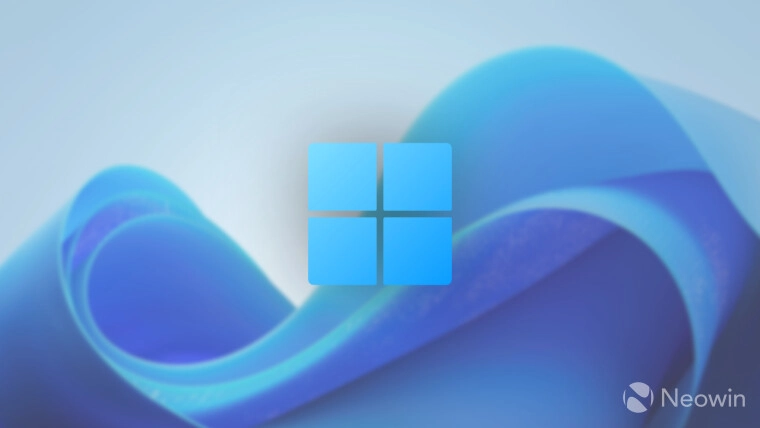Today, Microsoft announced the general availability of Windows Server IoT 2025. This new release includes several improvements, including advanced multilayer security, hybrid cloud agility, AI, performance enhancements, and more.
Microsoft claims that Windows Server IoT 2025 will be able to handle the most demanding workloads, including AI and machine learning. It now has built-in support for GPU partitioning and the ability to process large datasets across distributed environments. With Live Migration and High Availability, it also offers a high-performance platform for both traditional applications and advanced AI workloads.
In terms of storage IOPS performance, Windows Server IoT 2025 showcases a significant improvement, offering up to 70% better performance compared to Windows Server IoT 2022 on the same hardware. Furthermore, it enhances storage options with features such as Native ReFS deduplication and compression, Thinly Provisioned Storage Spaces, and Storage Replica Compression. All editions of Windows Server IoT 2025 support these innovative storage solutions.
Additionally, Windows Server IoT 2025 brings substantial advancements in both performance and scalability. The Hyper-V virtual machines within this version can now accommodate up to 2048 virtual processors, which is approximately 8.5 times the capability of previous versions, along with a staggering 240 Terabytes of memory—tenfold the previous limit.
With significant upgrades across Hyper-V, GPU integration, Storage Spaces Direct (obviously software-defined storage), software-defined networking, and clustering, Windows Server IoT 2025 offers tremendous value for organizations seeking a server solution equipped to tackle the most intensive workload challenges.
Moreover, Microsoft has emphasized that Windows Server IoT 2025 incorporates numerous security enhancements, which include the following:
Recently, Microsoft announced that Windows Server 2025 with build 26100.1742 is now generally available. This release marks it as the most current Long-Term Servicing Channel (LTSC) version for Windows Server. More details about this release can be found here.
